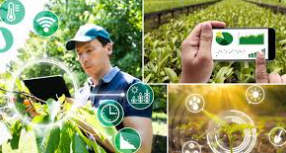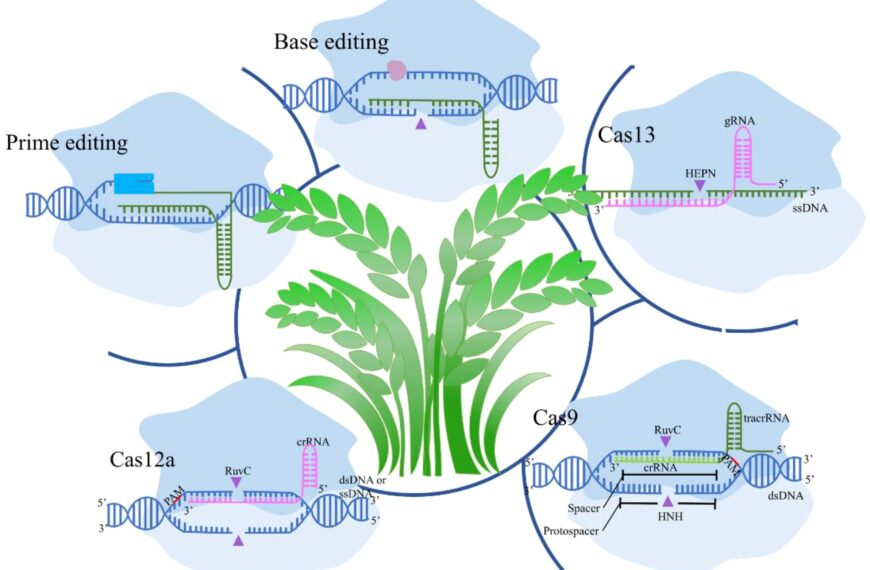
In a breakthrough for sustainable agriculture, scientists have developed a sunlight-activated nanomaterial capable of degrading harmful pesticide residues in soil. The newly engineered Cu-Sn-TiO₂ composite has shown promising results in laboratory tests, effectively breaking down toxic chemicals when exposed to sunlight, offering a cleaner and eco-friendly approach to soil remediation.
Pesticide residues in agricultural fields are a growing concern, as they not only reduce soil fertility but also pose risks to human health and the environment. Traditional methods of decontamination are often expensive, time-consuming, or involve chemicals that may further harm the ecosystem.
The research team, comprising experts in nanotechnology and environmental science, designed the copper-tin-titanium dioxide (Cu-Sn-TiO₂) composite to harness sunlight as a natural energy source. When applied to contaminated soil, the material accelerates chemical reactions that break down persistent pesticide molecules into harmless by-products.
“Our nanomaterial leverages the energy from sunlight to degrade toxic residues efficiently, without requiring additional chemicals or high energy input,” said a lead researcher. “This approach can significantly reduce soil contamination and help maintain long-term agricultural productivity.”
Laboratory studies have shown that the composite is highly effective against a range of commonly used pesticides, including organophosphates and carbamates. The team is now planning field trials to evaluate its performance in real agricultural conditions and explore large-scale application methods.
Experts believe this innovation could be a game-changer for sustainable farming, offering farmers an eco-friendly solution to manage pesticide buildup while protecting soil health and crop quality. If successfully implemented, sunlight-activated nanomaterials like Cu-Sn-TiO₂ could pave the way for cleaner, safer, and more resilient agricultural systems worldwide.














